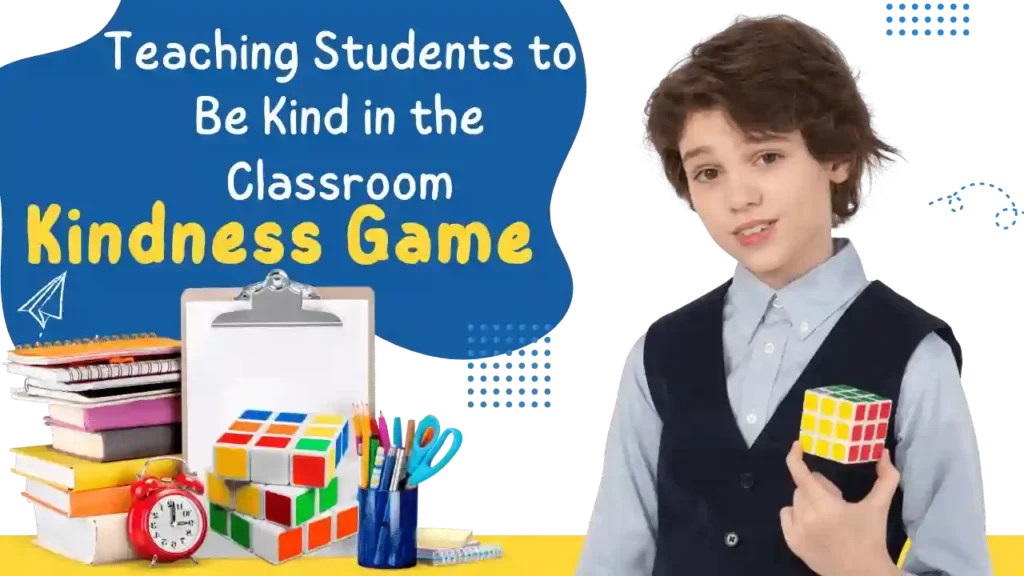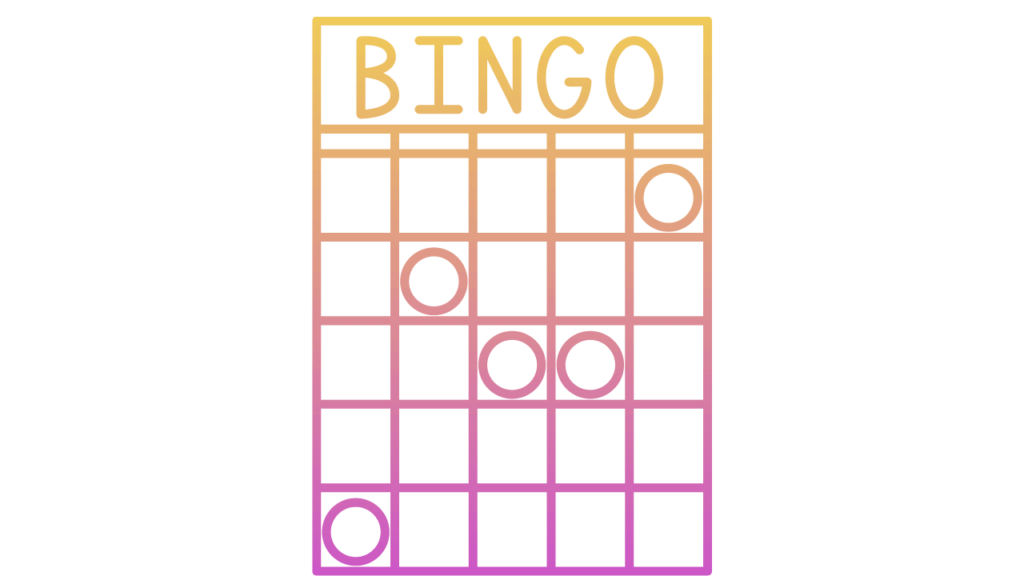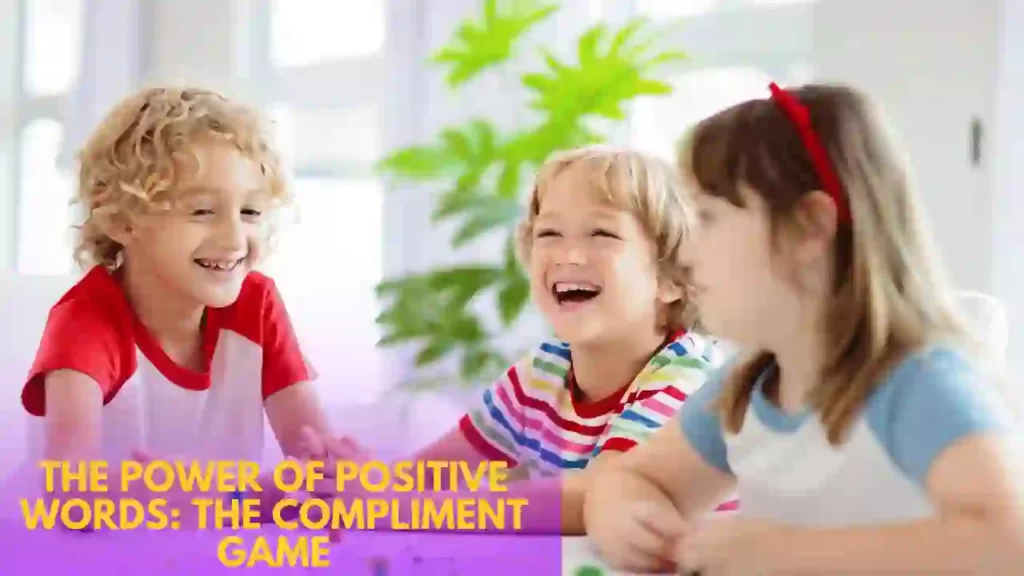Step into a world of kindness and positivity with us and get ready to have some fun while learning! This informative article is packed with all the information you need to turn your classroom into a harmonious (Peaceful) and inclusive environment. From identifying kind activities to understanding the significance of kindness in schools and learning various (Different) methods of teaching kindness, we have got it all covered!
But that’s not all, we have also included the top 10 most interactive and fun kindness games with real-world examples, ten ways to show kindness and we will explore the morals and benefits of kindness.
So, join us on this exciting journey as we uncover the true power of kindness and how it can make a positive impact on the lives of students and educators alike. By the end of this article, you will be equipped (Endowed) with all the tools and knowledge you need to make kindness a daily habit in your classroom! Let’s get started and have some fun!
Table of Contents
ToggleIntroduction

Are you ready to take a step into the world of kindness and positivity? Look no further! Kindness games are an interactive and enjoyable way to teach children and adults about empathy, compassion, and kindness. These games challenge players to perform acts of kindness in their daily lives and reward them for their efforts.
In this article, we will be diving (Dip) into the world of kindness games, discussing the various types of games available and how they can be used to promote kindness in the community. We will also be providing real-world examples of kindness games and giving tips on how to create your own.
But, kindness is not just about playing games. As educators/Teachers, Parents/Guardians, and caregivers, we all want to create a positive and inclusive environment for children to grow and learn. Kindness games can be used to foster social-emotional learning, character education, and problem-solving skills. They can also help create a safe and welcoming environment where children feel comfortable expressing themselves and making mistakes without fear of being teased.
Kindness Game: Top 10 Kindness Games With Real World Example
So come along with us and discover how kindness games can make a positive impact on the lives of children and the community as a whole. Let’s make the world a kinder place, one game at a time!
Kind Kim Says:
Let’s play a game of “Kind Kim Says”! This game is a playful way to teach children about kindness and how to recognize kind (Generosity, or Compassion) and unkind actions (Cruel, Hurtful, or Thoughtless).
Let’s take a real-world example of “Kind Kim Says”! Imagine you are a teacher at a school and you want to teach your students about kindness and how to recognize kind and unkind actions.
You can play Kind Kim Says in your classroom by giving instructions to your students such as:
- Giving a high-five to a classmate who is feeling down
- Complimenting someone for their hard work
- Smiling at a new student who is feeling nervous
- Waving at a friend who is sitting alone
- Cheering for a classmate who did well on a test
- Shaking hands with someone you haven’t talked to in a while
- Standing by someone new to the class who is feeling shy
- Picking up trash on the playground
But, if you give instructions that are unkind, students will not do it, such as:
- Sticking out their tongue at someone
- Rolling their eyes (Showing Disinterest) at someone
- Telling a secret that was told to them in confidence
- Saying something mean to someone
- Pointing and laughing at someone (Bullying, Mocking, or Teasing)
- Telling someone they cannot play with them
- Throwing trash on the ground
The “Kind Kim Says” Game not only teaches children about kindness but also helps them to recognize and avoid unkind actions. It is a fun and interactive way to promote kindness (Encourage/foster kindness) in the classroom and beyond. By playing “Kind Kim Says” in your classroom (School, College, University) you will be able to create a positive and inclusive environment for your students and also foster social-emotional learning and character education.
Helping Hand Game
Introducing the Helping Hand Game, a game that combines kindness and cooperation. Join Mr. Ben and his class, Tom, Jerry, Oggy, Bunny, Donald Duck, Scooby, and Popeye, as they work together to complete tasks and projects that promote collaboration, problem-solving, and kindness.
In this game, each team will be given a task to complete, but the real challenge is to do it while helping each other. Points will be awarded for completing the task, but also for helping others, whether it be picking up trash, wiping down desks, or lending a hand to a teammate struggling with their portion of the project.
But that’s not all; the Helping Hand Game is versatile and can be adapted to fit different themes, subjects, and settings. Imagine taking the game outdoors, where the class can work together to clean up a local park or beach or use it to organize a food drive or a charity event.
The Helping Hand Game is not just about winning or losing; it is also about developing useful abilities like kindness, cooperation, and problem-solving. It kinds an environment that is welcoming and encouraging where kids may express themselves and make stupid mistakes without worrying about being teased.
Game of Inclusion: Includer Bingo

Welcome to the world of Includer Bingo, a game that is changing the way students think about kindness and inclusivity (Promote Acceptance, Kindness, and Inclusivity). As Teachers or Educators, our goal is to create an environment where every student feels included and valued. Includer Bingo is a game that addresses this challenge and promotes inclusivity among students in a fun and interactive way (influencing each other).
How to play Includer Bingo:
- Students write the names of their classmates in each of the boxes on their bingo cards.
- The challenge is to reach out to a different student each day, with the goal of filling out their entire card.
- The game can be played in different ways, students can aim for five in a row, make an ‘X’ on their boards or go for a ‘blackout’ by including every student on their card.
Benefits of Includer Bingo:
- Includer Bingo not only teaches students the importance of inclusivity but also helps them to think more about their social interactions and the impact that their actions have on others.
- It encourages students to step out of their comfort zone and make new friends, fostering a sense of community within the classroom.
- It promotes a more inclusive and welcoming environment for all students, making them feel valued and appreciated.
In conclusion, Includer Bingo is not just a game, it is a journey of self-discovery, empathy, and inclusivity. It is a unique way to bring students together and create a more positive and welcoming environment for all. So, let’s play Includer Bingo and unite for inclusion!”
The Power of Positive Words: The Compliment Game

Creating a positive and supportive classroom environment is crucial for the academic and personal development of students. A powerful tool for developing kindness and happiness among teachers Educators and students is the Compliment Game.
Compliment Game is an excellent method to spread happiness and kindness and may be played in a variety of contexts (Factors), including the family, Fellows, Friends, Business colleagues, Classroom, or University.
How to Play the Compliment Game:
At the beginning of every class, Mr. Ben Hinkle encourages students to give a compliment to one of their peers. This can be done verbally or through written notes
- Students like Olivia, Emma, Charlotte, Amelia, Ava, Sophia, Isabella, Mia, Evelyn, and Harper can take turns giving compliments, or the teacher can randomly select students to give a compliment. This ensures that all students have an opportunity to participate (part of the Game).
- The student receiving the compliment should respond by giving a compliment back to the person who gave it. This encourages a positive and supportive class environment.
- The game can be played for a set period of time, such as five minutes at the start of each class, or until a certain number of compliments have been given. Mr. Ben Hinkle can decide the time or number of compliments to be given.
- To make it more fun and interactive, teachers can assign different roles like Compliment giver, Compliment Receiver, Compliment giver, and Receiver, etc.
- Teachers can also keep a track of how many compliments have been given by each student, and give rewards or recognition to students who give the most compliments.
- Teachers can make it more interesting by introducing different themes of compliments like Compliments on their writing skills, drawing skills, sports skills, public speaking skills, etc.
- Teachers can also make it a daily activity, where students give compliments to one another on a daily basis, and it will become a habit and make students more positive and supportive towards one another.
Benefits of Compliment Game:
- The Compliment Game encourages students to see the good in others, which encourages positivism and kindness among them.
- The relationships between classmates (ClassFellows) get stronger, and communication abilities get better.
- It helps children develop their sense of value and confidence.
- The Compliment Game creates a positive and supportive classroom environment, which is essential for the academic and personal development of students.
- It helps to foster a sense of community within the classroom and improves the overall classroom culture.
- It encourages positive (+ve) behavior and helps to reduce negative behaviors.
In summary, The Compliment Game is a creative and enjoyable method to encourage positivity (+ve) and generosity among educators and pupils. It can be played in the classroom and fosters a constructive and encouraging ambiance for learning. Let’s participate in The Compliment Game and establish a positive classroom community together.
The Kindness Treasure Hunt
The Power of Kindness has the potential to change the world. The Kindness Treasure Hunt is a game that encourages children to perform random acts of kindness in order to spread (Expand) kindness or Love and generosity.
How to play Kindness Treasure Hunt:
- Students are given a list of kind acts that they can do, such as giving a compliment, helping a classmate, or picking up trash.
- Students will then have to go out and complete as many kinds of acts as possible.
- Students can either work individually or in teams.
- The game can be played for a set period of time, and the student or team with the most completed kind acts wins.
Benefits Kindness Treasure Hunt:
- The Kindness Treasure Hunt promotes kindness and generosity among students by encouraging them to do random acts of kindness.
- It helps to create a positive and supportive classroom environment, which is essential for the academic and personal development of students.
- It encourages students to think outside (outdoor) of themselves and make a positive impact on others.
The Power of Appreciation: The Gratitude (Thanks) Game
The magic of positivity in our lives can be unlocked by the strong emotion of gratitude. The Gratitude Game is a fun and engaging technique to encourage kids to express gratitude and appreciation.
How to play The Gratitude Game:
- Students are given a list of prompts that encourage them to think about and express what they are thankful for, such as “something you are grateful for today”, “someone who has helped you”, or “a place that makes you happy”.
- Students can choose to write or verbally express their gratitude based on the prompts given.
- The game can be played individually or in teams, with the student or team with the most heartfelt and creative expressions of gratitude winning.
Benefits of Gratitude Game:
- The Gratitude Game promotes gratitude and appreciation among students, helping them to focus on the positive aspects of their lives.
- It improves mental well-being by reducing negative emotions such as stress and depression.
- It promotes a positive attitude and helps to foster a sense of contentment and happiness.
Spreading Smiles: The Smile Game
A smile is a universal (means Common) language that can brighten up anyone’s day. The Smile Game is a fun and interactive way to promote positivity and kindness by encouraging students to spread smiles.
How to play The Smile Game:
- Students are given the task of spreading smiles throughout the day by smiling at others and encouraging others to smile.
- Students can keep track of the number of smiles they have spread by writing them down or taking pictures.
- The game can be played individually or in teams, with the student or team who has spread the most smiles winning.
Benefits of The Smile Game:
- The Smile Game promotes positivity and kindness by encouraging students to spread smiles and brighten up someone’s day.
- It helps to improve social interactions and communication skills among students.
- It promotes self-esteem and self-confidence.
Kindness Card Game
The Kindness Card Game is a fun and interactive way to teach students the importance of kindness and encourage them to do random acts of kindness.
How to play Kindness Card Game:
Each player, including Olivia, Emma, Charlotte, Amelia, Ava, Sophia, Isabella, Mia, Evelyn, and Harper, is given a set of kindness cards, which contain different acts of kindness that they can do, such as giving a compliment, helping a classmate, or picking up trash.
Under the guidance (supervision) of their teacher, Mr. Ben Hinkle, players take turns drawing a card and performing the act of kindness written on it.
The game can be played for a set period of time (Specific Time), and the player with the most completed acts of kindness wins.
Example:
Olivia draws a card that says “Give a compliment to a classmate” and goes to her friend Emma and says, you did an amazing job on your presentation today, I am really impressed.
Charlotte draws a card that says “Help a classmate with their homework” and offers to assist Amelia in her math homework.
Ava draws a card that says “Pick up trash in the schoolyard” and goes outside to pick up any litter found in the schoolyard.
The game goes on for 25 minutes and at the end, Olivia has completed 5 acts of kindness, Charlotte has completed 4 acts of kindness and Ava has completed 6 acts of kindness. Ava wins the game for performing the most acts of kindness.
Benefits Kindness Card Game:
- The Kindness Card Game promotes kindness by encouraging students to do random acts of kindness.
- It helps to create a positive and supportive classroom environment, which is essential for the academic and personal development of students.
- It encourages students to think outside of themselves and make a positive impact on others.
The Empathy Game
Empathy is an important ability that enables us to relate to and comprehend people on a deeper (means in-depth) level. The Empathy Game is a simple and enjoyable technique to help kids to practice this crucial or important ability and develop empathy in them.
Empathy= Understanding + Relating + Responding
How to play Empathy Game:
- Students are presented with different scenarios (Storylines) that describe different emotions (Sentiments) and feelings.
- Each student takes a turn to act out the scenario and express how they would feel in that situation.
- The class then discusses the emotions and feelings that were expressed and how they can relate to the scenario.
Benefits of Empathy Game:
- The Empathy Game promotes empathy by encouraging (Supportive) students to practice understanding and expressing the emotions of others.
- It helps to improve communication skills and build stronger relationships among classmates or Friends.
- It promotes a sense of community and understanding within the classroom.
Kindness Tic Tac Toe Game
The “Kindness Tic Tac Toe Game:” is an entertaining and engaging approach to explaining the value of kindness to pupils (Students) and motivating them to carry out random acts of kindness.
How to Play Kindness Tic Tac Toe Game:
- Each player takes turns drawing a kindness symbol (such as a heart or a smiley face) on a tic-tac-toe board.
- Before each turn, players must complete an act of kindness such as giving a compliment, helping a classmate, or picking up trash.
- The first player to get three symbols in a row wins, but the real goal is to spread as much kindness as possible.
Benefits of Kindness Tic Tac Toe Game:
- The Kindness Tic Tac Toe Game promotes kindness by encouraging students to do random acts of kindness.
- It helps to create a positive and supportive classroom environment, which is essential for the academic and personal development of students.
- It encourages students to think outside of themselves and make a positive impact on others.
Read Recommended Article:-
Best Paying Jobs in Computer Software Prepackaged Software for 2023: The Top 12 Opportunities